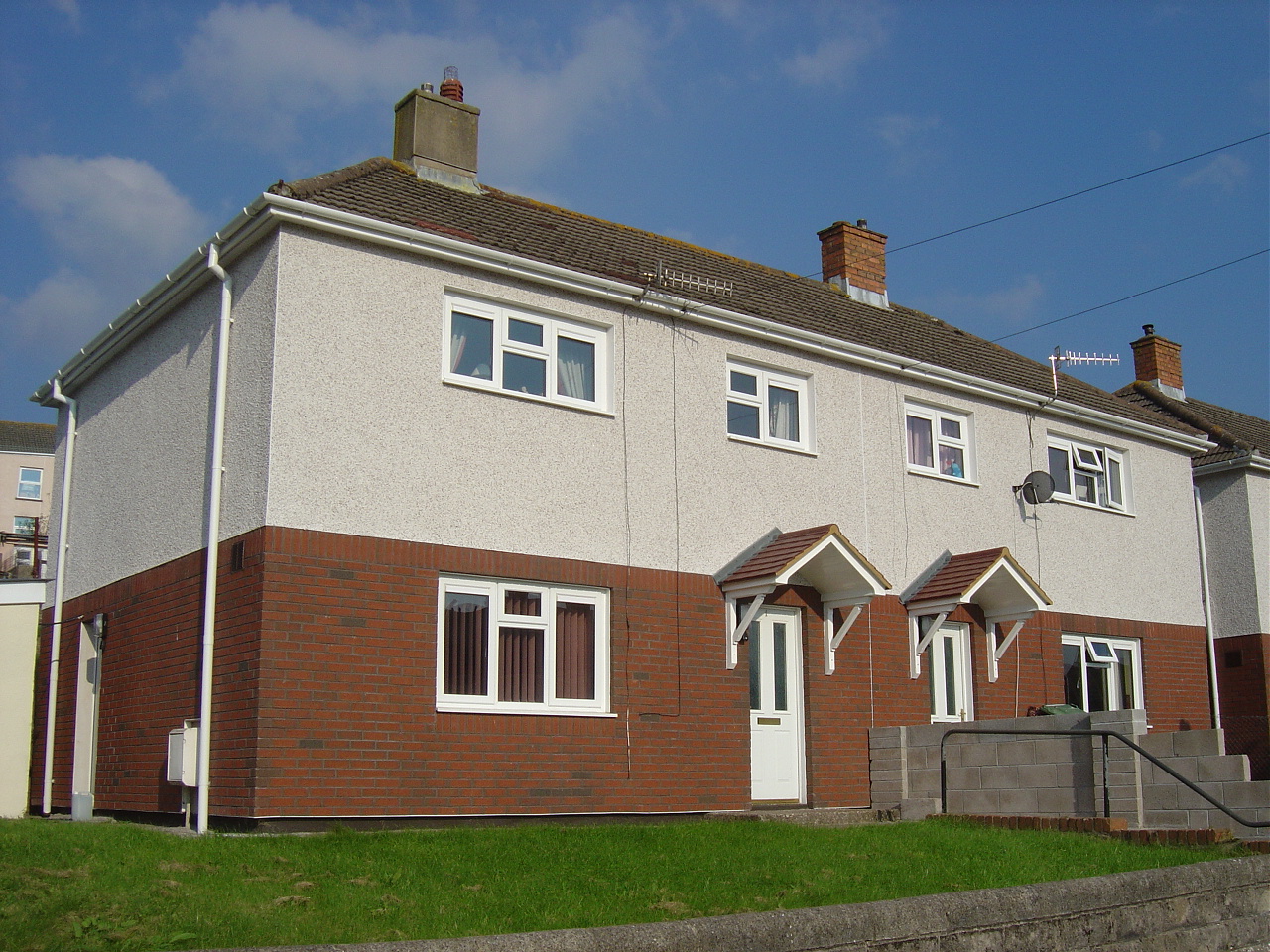 The last quarter of 2012 saw the North East of England leading the way for average advertised rental prices and reducing the disparity with the South.
The last quarter of 2012 saw the North East of England leading the way for average advertised rental prices and reducing the disparity with the South.
Overall, average advertised rental prices stabilised at around £973 per month. However, the picture at a regional level is far more mixed. In Greater London and the surrounding regions, a seasonal decline was observed in November with some evidence of rental prices softening. To the West, the trend was one of more sustained growth. Whereas heading North East, the observation was of regions going through a step-up in advertised rental prices.
Robin King, Director, Move with Us commented: “Generally, demand is increasing for higher quality rental properties and tenants who need to rent for longer periods due to more stringent mortgage requirements. Add to this falling house prices sapping homebuyer confidence and lower starting rents. In combination these factors suggest more intense upward pressure on rental prices in the North East and Yorkshire & Humber.
“Gross rental yields remained at 5 per cent throughout Britain in 2012 with the majority of regions returning an average yield of around 4 per cent. Returns remained stable as both house prices and rents have increased at similar rates. Overall, this suggests that buy-to-let properties were a worthwhile investment in 2012.
“Higher property prices and strong demand for rental property meant that London continues to lead in terms of yield, with returns averaging at 6.1 per cent. However, the lower entry costs in the North East and strong yield make it an interesting alternative region for investment.”
Looking at each region over the year, three distinctive patterns emerge. A step-up in advertised rental prices characterises the high growth regions of Yorkshire and Humber (12.1 per cent), North East (11.5 per cent) and East Midlands (8.8 per cent). These regions have seen rents ‘step-up’ to a new level, with strong short-term growth, followed by a period of stability. This suggests that both the demand and supply sides of these regions are pushing rents up to a new market price. These growth rates look set to level off in 2013 to a more sustainable level.
The pattern of growth in Wales (5.4 per cent), North West (5.2 per cent) and South West (4.3 per cent) would suggest it is at the longer term trend rate which should be sustained in 2013. Other regions were not experiencing the expected advertised rental price growth rates. While some rental price growth was observed, these seem to have been suppressed by an indifferent rental market in Greater London (2.5 per cent). East Anglia (0.3 per cent), South East (3.3 per cent) and West Midlands (2.3 per cent) did not keep pace with the overall trend rate. Average rental prices fell by 0.9 per cent in Scotland during 2012, where prices remained volatile through the year.
Robin King, Director, Move with Us commented: “Most regions look set to return to the long term growth trend rate of 4.5 per cent to 5.5 per cent in terms of rental price inflation. This is, of course, dependant on Greater London, as it has a significant impact on the overall rate across Britain both directly and indirectly. Overall we expect to see advertised rent levels in many of the high performing regions begin to settle down.”






